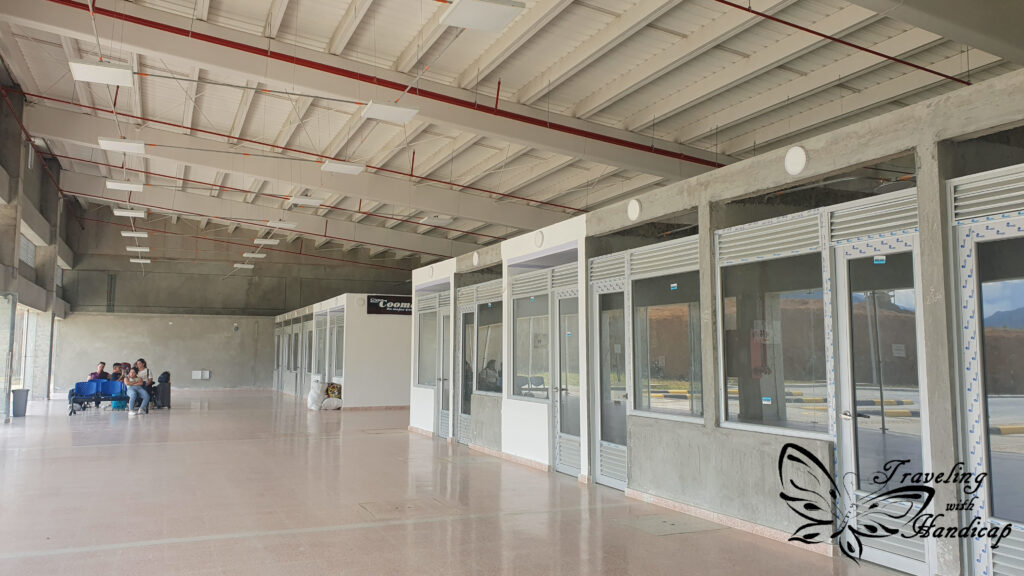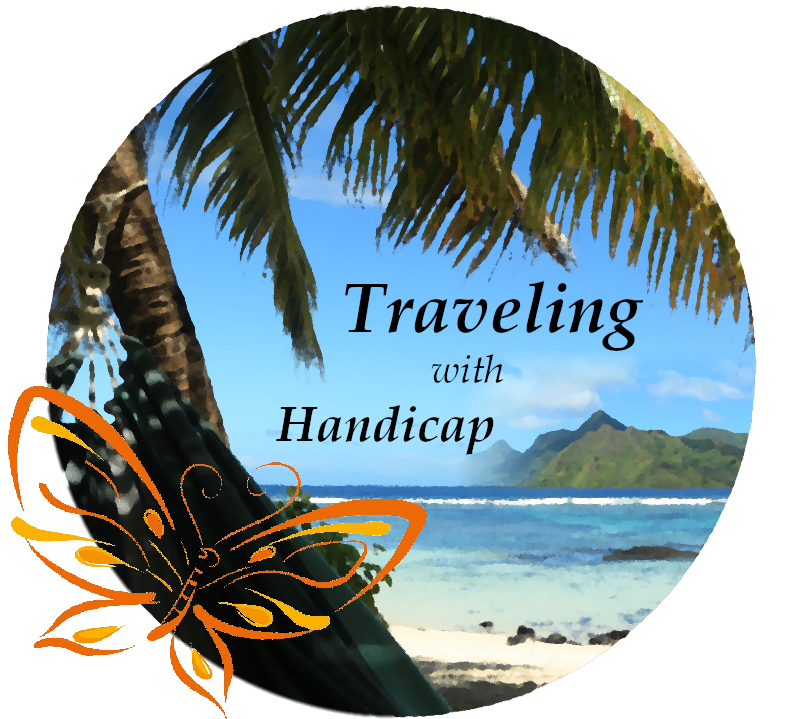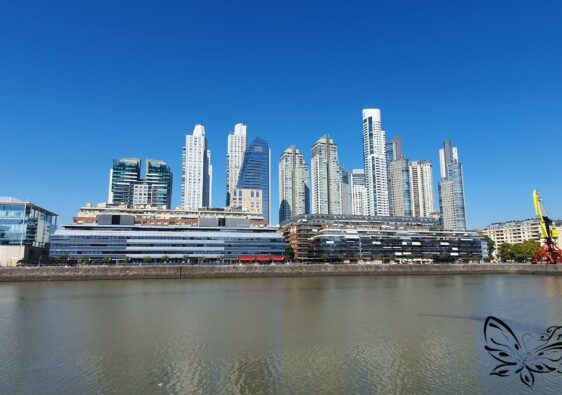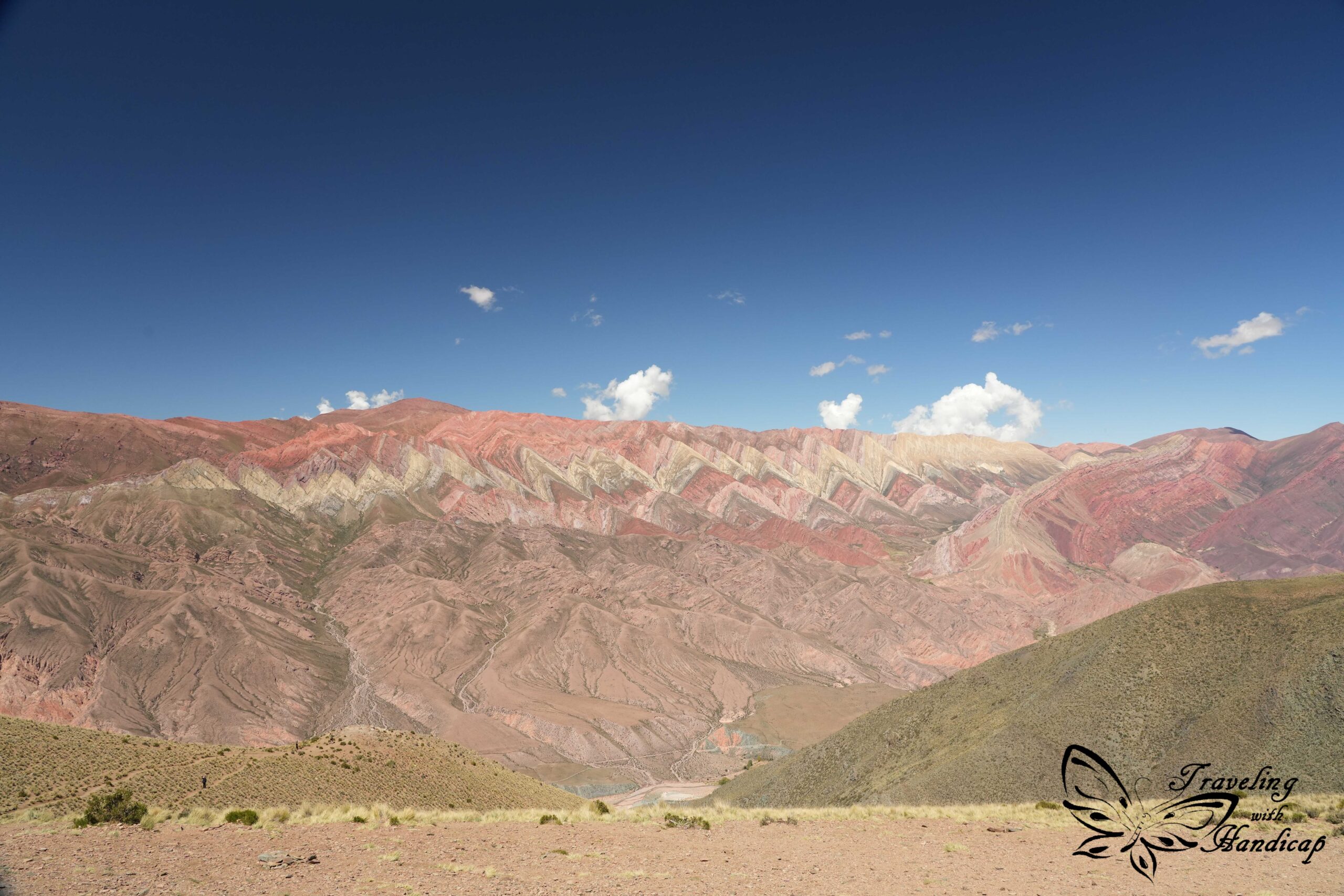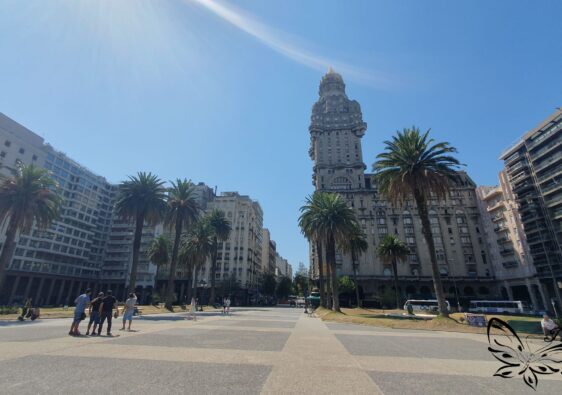Jobs fill your pocket, but adventures fill your soul.
Jamie Lyn Beatty
Popayán
I arrived in Popayán later than expected, past midnight, coming from the border to Ecuador. Luckily, I could text my hostel from the bus offering Wi-Fi. Popayán is located in southern Colombia and many tourists skip it, especially if they don’t connect to Ecuador. Therefore, I enjoyed a good first impression of Colombians without many young party tourists which I met across many other places.
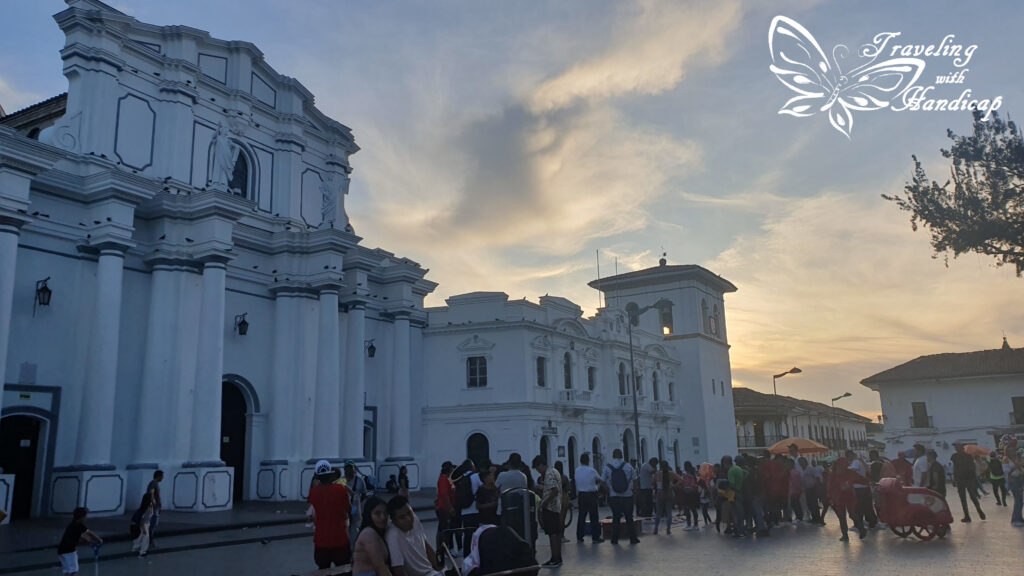
Centro
The center of Popayán is very pleasant consisting of mainly white houses. Moreover, there are many churches such as Iglesia San Francisco, Iglesia San José and the Cathedral Basilica of Our Lady of the Assumption. It is easy to walk around since all churches and beautiful cultural buildings are located quite close to each other. The clock tower (Torre del Reloj) is a central orientation point and a prominent building at the lively Parque Caldas.
During the day, the center seems to be rather calm. Except for people going to work, there is not much happening. Nevertheless, the evenings are the times when local families gather at the Parque Caldas. Moreover, many restaurants seemed to be closed during the day but open in the evening. This might be due to the fact that there are not many tourists in town and locals prefer going out in the evenings.


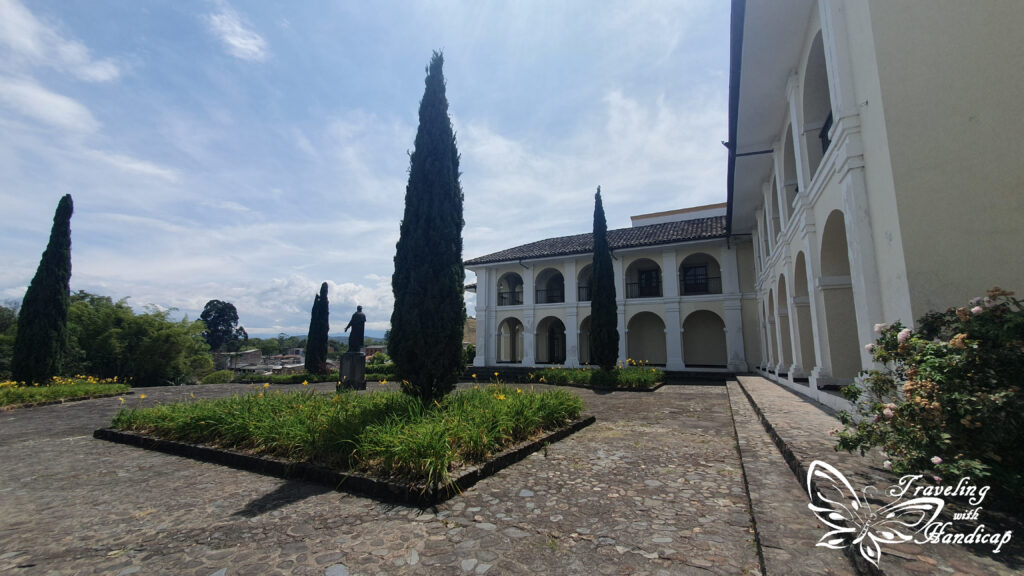
El Pueblito Patojo
Within walking distance from the center, there is the little quarter El Pueblito Patojo. Right next to the latter, there is a little hill with the viewpoint El Morro de Tulcán. I walked up the hill and enjoyed the view over Popayán. Moreover, you recognize the point where the Andes diverge into three individual cordilleras. However, I also realized how many spots there are with smoke appearing within the surrounding nature. Nevertheless, I am not sure whether the smoke results of burning something down. I haven’t recognized any firefighters approaching anytime.
The view from the viewpoint was great. Moreover, many families enjoyed the hill, there were even options to buy little snacks and use trampolines. I explored the little Pueblito Patojo after the hill, checking out the different stores and the products they sell.
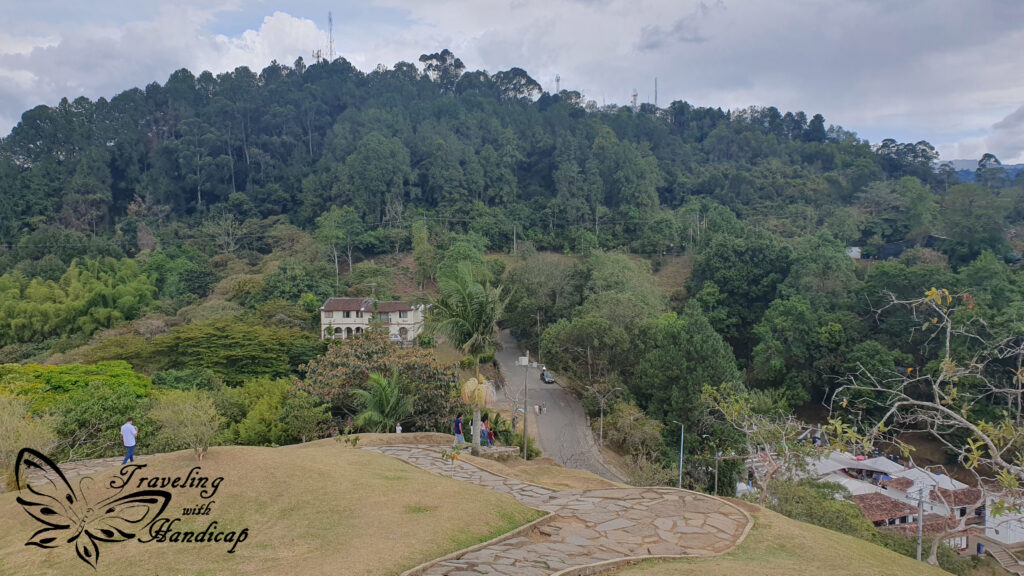
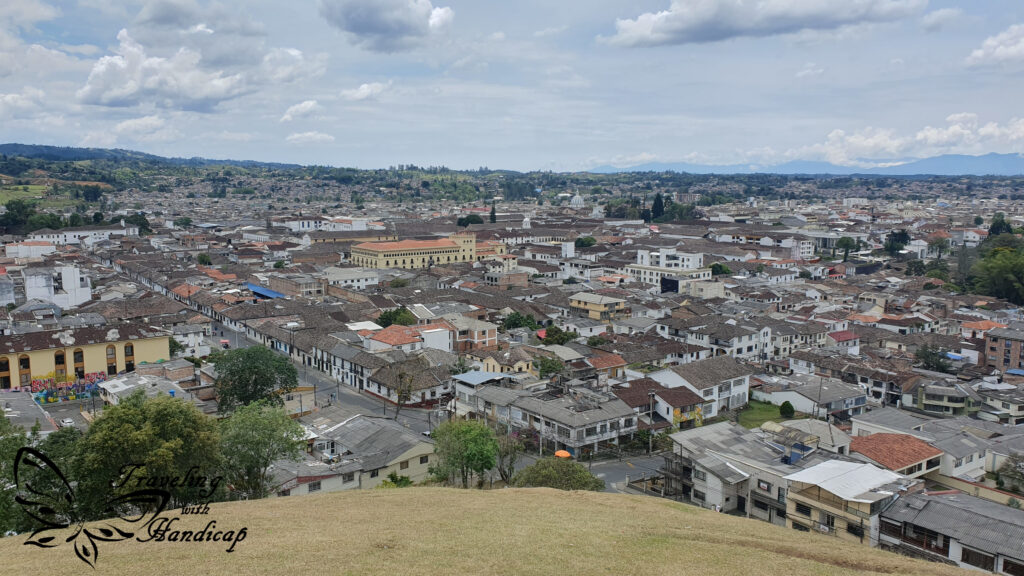
San Agustín
The town and area around San Agustín is very famous not only among Colombians but also among foreigners who like to settle in a finca in Colombia. The area is famous for coffee and avocado production as it is very green with little valleys along rivers and creeks creating microclimates. The town of San Agustín itself is also quite hip, merging a little culture with much influence from hip foreigners who settled in the area.
Honestly, I expected something more from San Agustín. I personally prefer the town and region of Salento. Nevertheless, I had some great time there since the archeological park of San Agustín was one of my highlights of Colombia. This is because I am interested in cultural history which is very present in the region in and around San Agustín. As opposed to other parts of Colombia, you are able to find Pre-Columbian stones in this area.

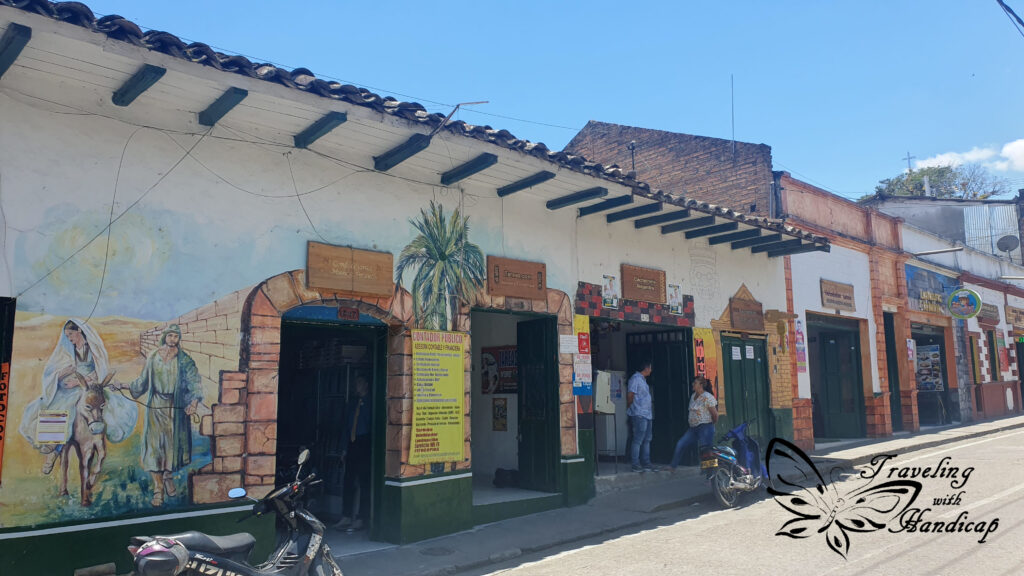
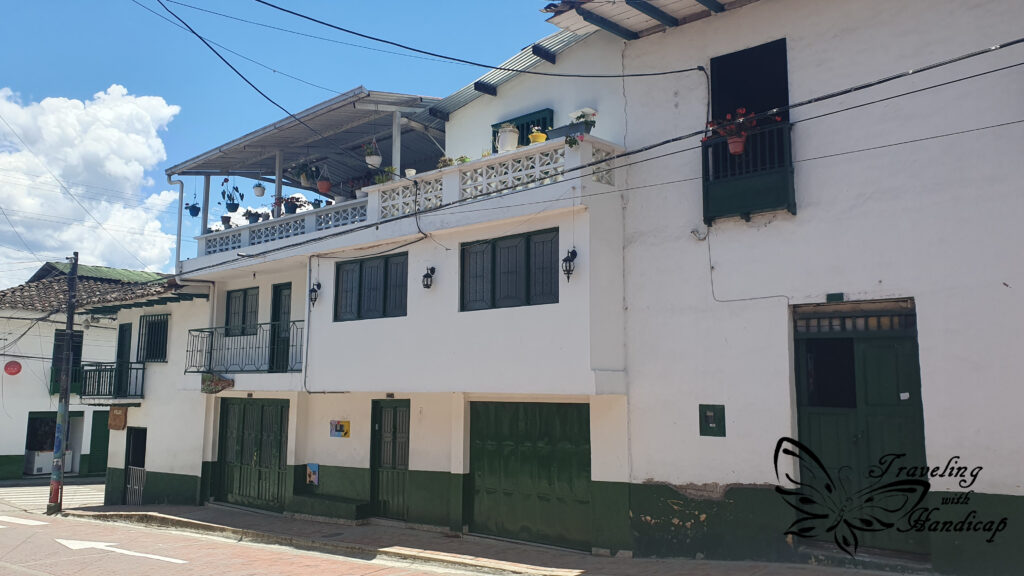
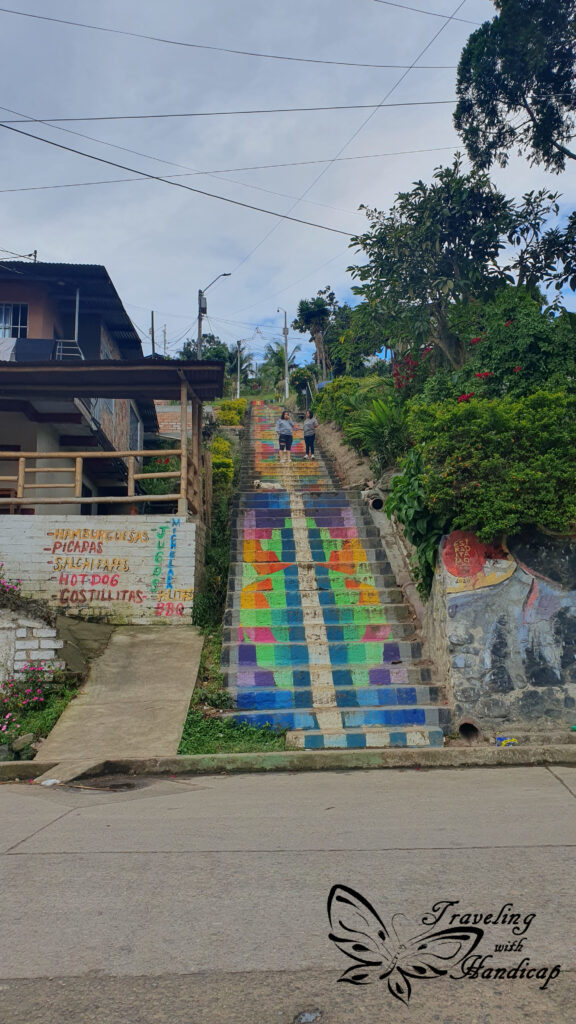
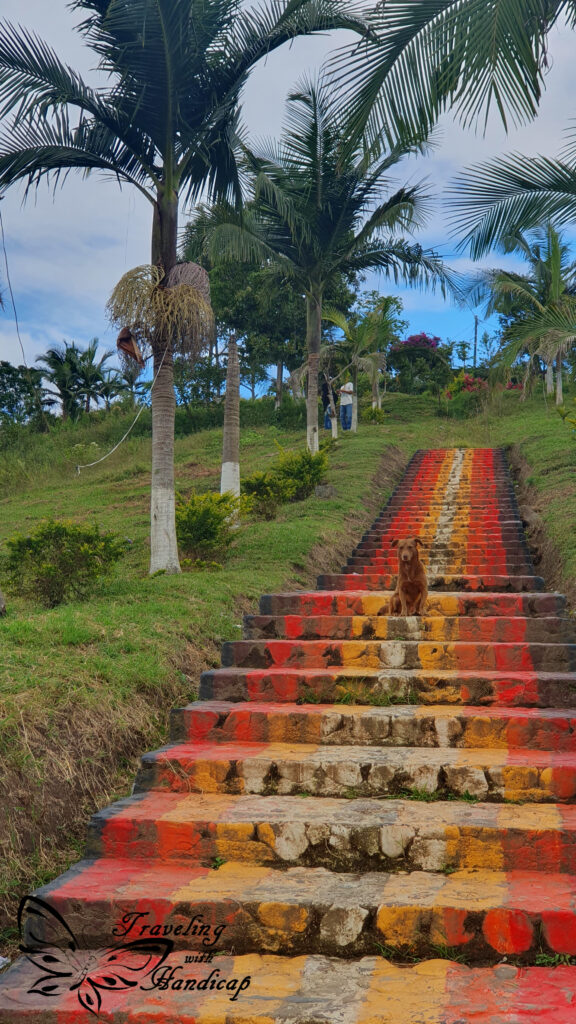
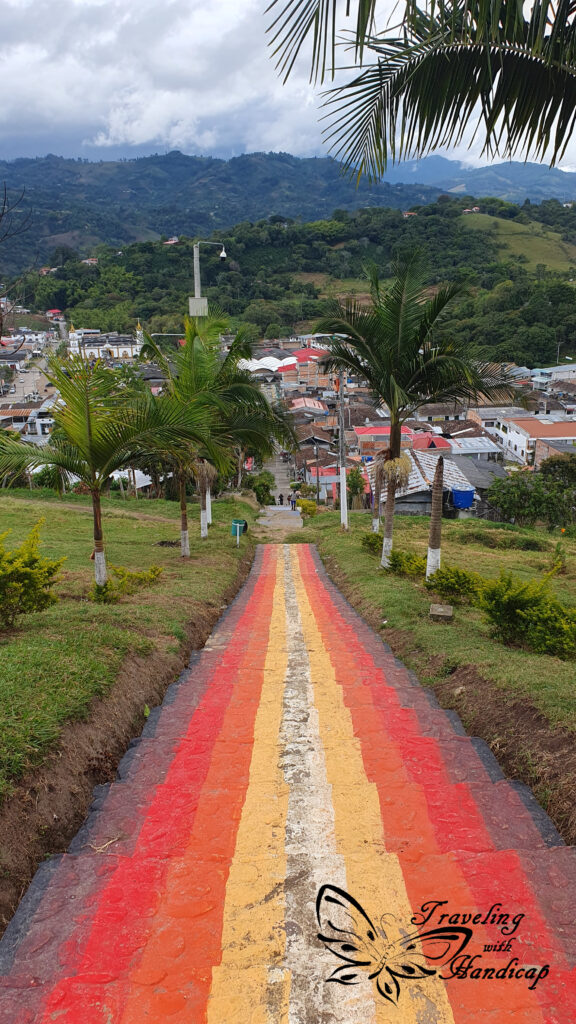

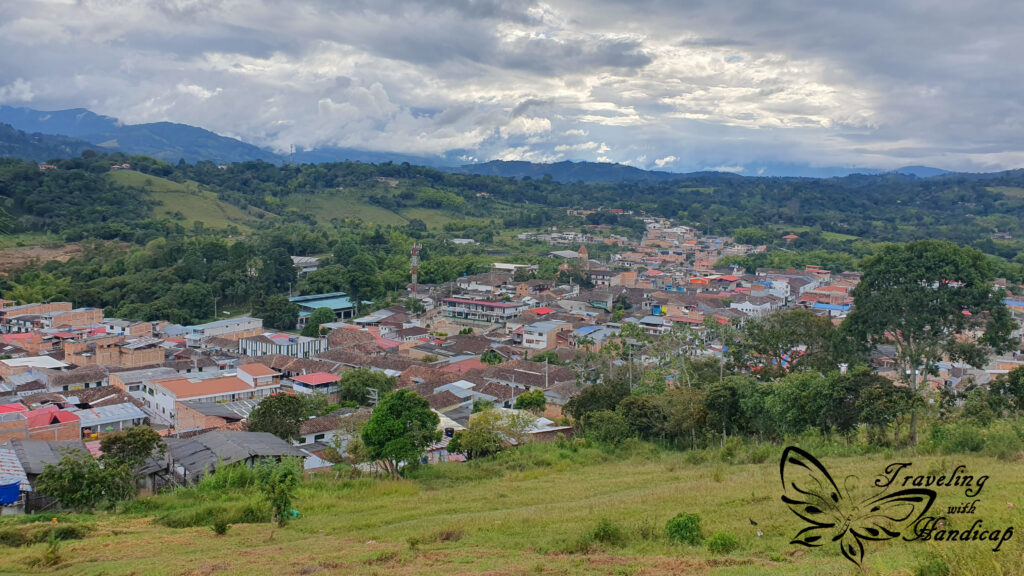
Tour to sights around San Agustín
Originally, I came to San Agustín to visit the Parque Arqueológico de San Agustin. However, as it was closed the next day, I decided to go on a full-day-tour to explore some historically important spots surrounding San Agustín. The tour covered two archeological sights, a historical museum, some waterfalls, the Magdalena river, and just in general some information on landscapes and agriculture in the region.
Arqueo surrounding San Agustin
The two archeological sights that we visited were the Alto de las Piedras and Alto de los Ídolos. The Alto de las Piedras was a rather small park that we explored just by walking from stone formation to stone formation reading the explanations. Honestly, the formations in this park looked rather similar to each other, and we wouldn’t have needed as much time as we used to stay. The other park, Alto de las Piedras, was reasonably larger. We had to walk for a while along a path covered by colorful flowers before reaching the large area with the presented excavations.
The larger park was more interesting than the smaller park. However, looking back, none of these two could beat the Parque Arqueológico de San Agustin. When we passed the village Obando, our guide asked us whether we want to go to the archeological museum. Even though the museum was included in the tour for an additional entrance fee, we decided against visiting it. After spending more time in the two parks than we all expected before, we felt sufficiently fed by historical sights for the day.
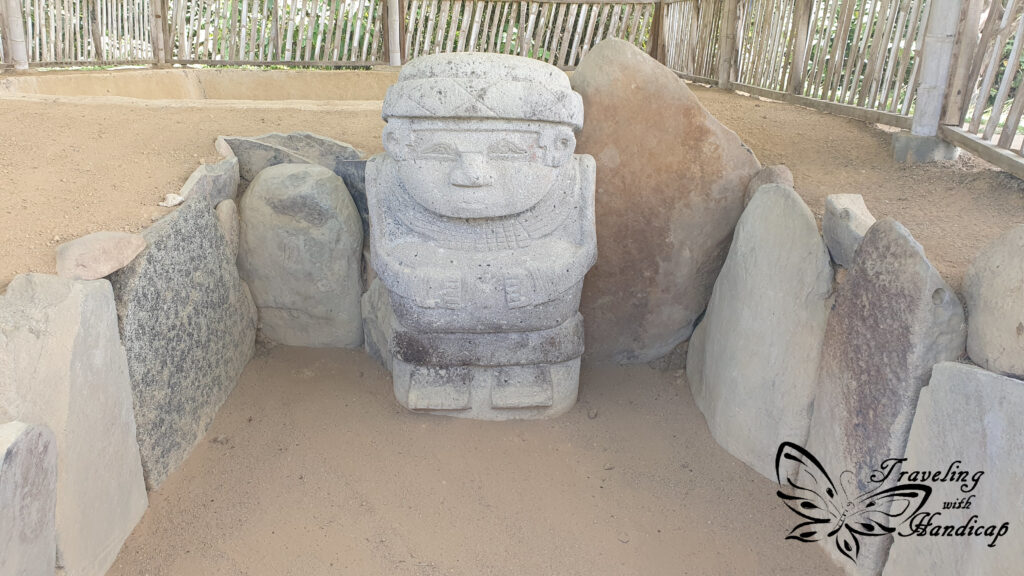
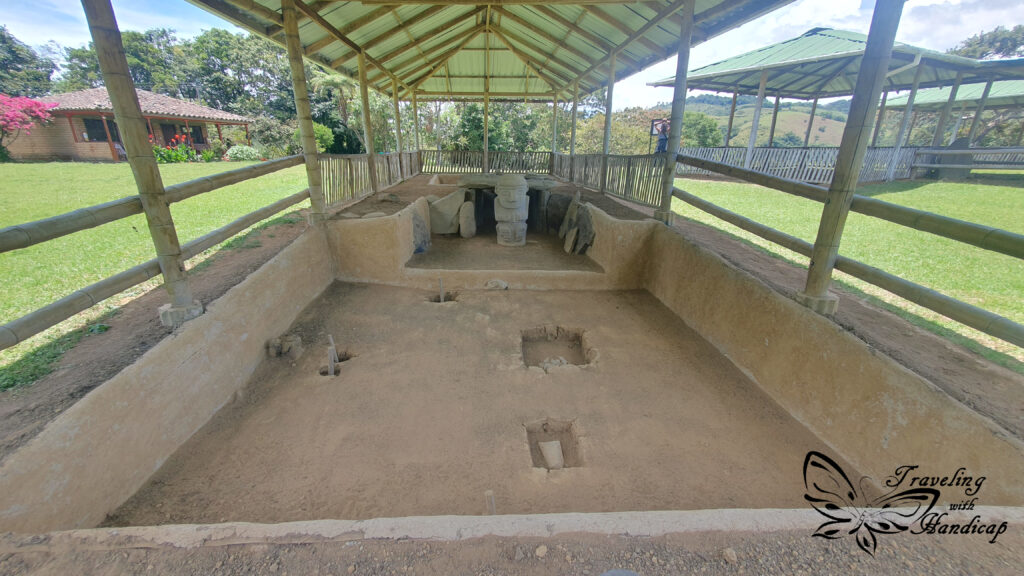
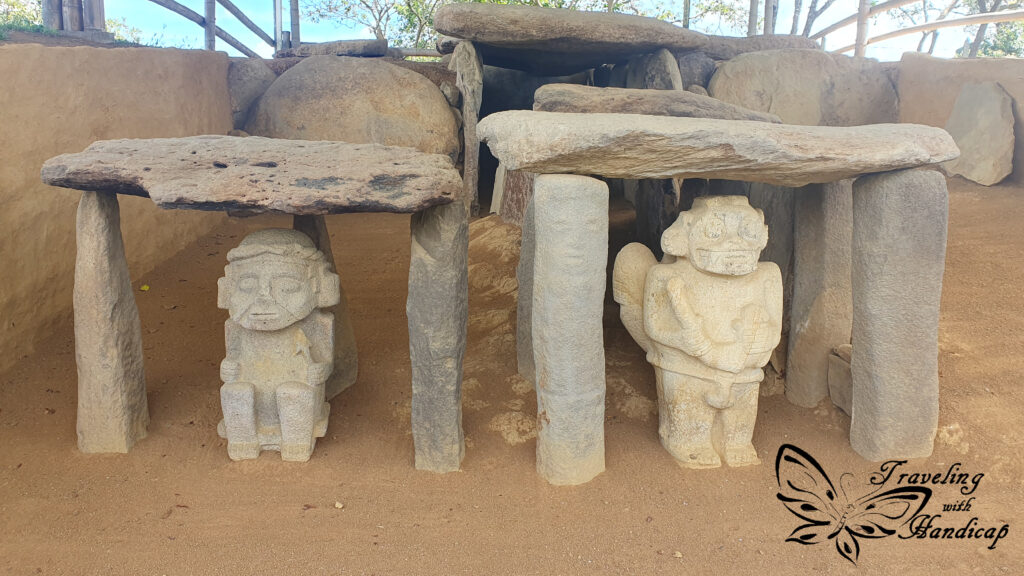
Water / Nature
Our first stop of the tour was at the Salto del Mortiño. We not only saw the waterfall but also got the chance to pay for using some adventure options. These included a large swing, a close bridge or similar things. Nobody of the group wanted to try any of them, we rather preferred to buy and have some locally produced and prepared coffee and chat with the locals.
Our final stop was at the Magdalena River, at the smallest path which is called the Estrecho del Río Magdalena. Therefore, we had to walk a few stairs downhill to reach water level. We read and have been told that swimming is forbidden for security reasons. Nevertheless, we spotted a few families in the water playing with their kids. It was obvious that these people were foreigners who settled in the region. Honestly, I really dislike foreigners who settle elsewhere and then not respect local customs and regulations.
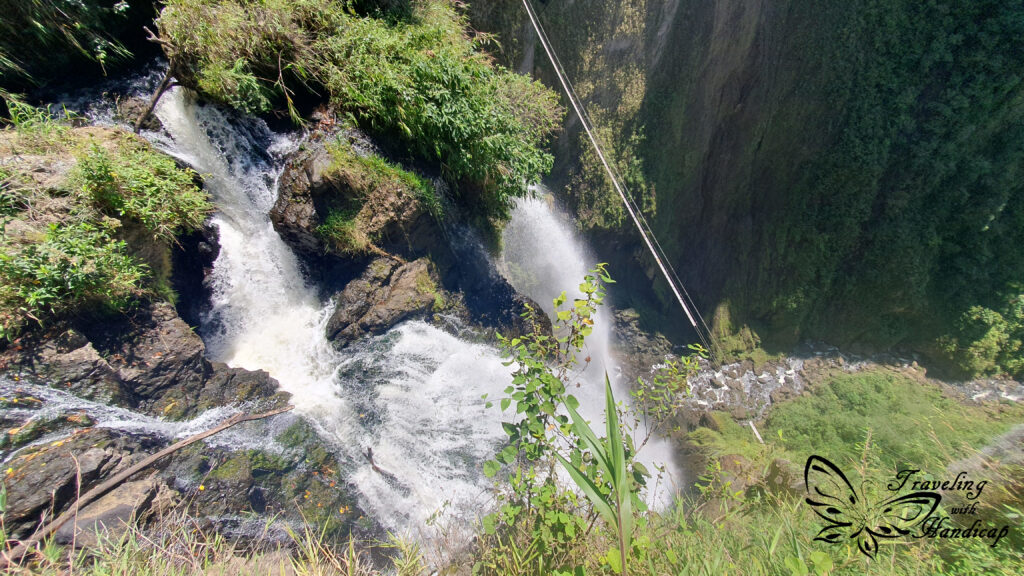

Landscape, Coffee and Sugar
While we were on the road, we had amazing views of the surrounding nature. Our guide explained the different plants that are grown in the region for economic reasons. Avocado as well as coffee and sugar cane count as the main plants of the region. We have been told about the problematic situation on the high level of pesticids used for growing the plants. The reason for this was a decision of a former president to allow genetically modified plants over naturally developed types. These modified plants were quite weak with respect to the surrounding landscape including animals. Thus, farmers had to use pesticides to even get any fruit or vegetables.
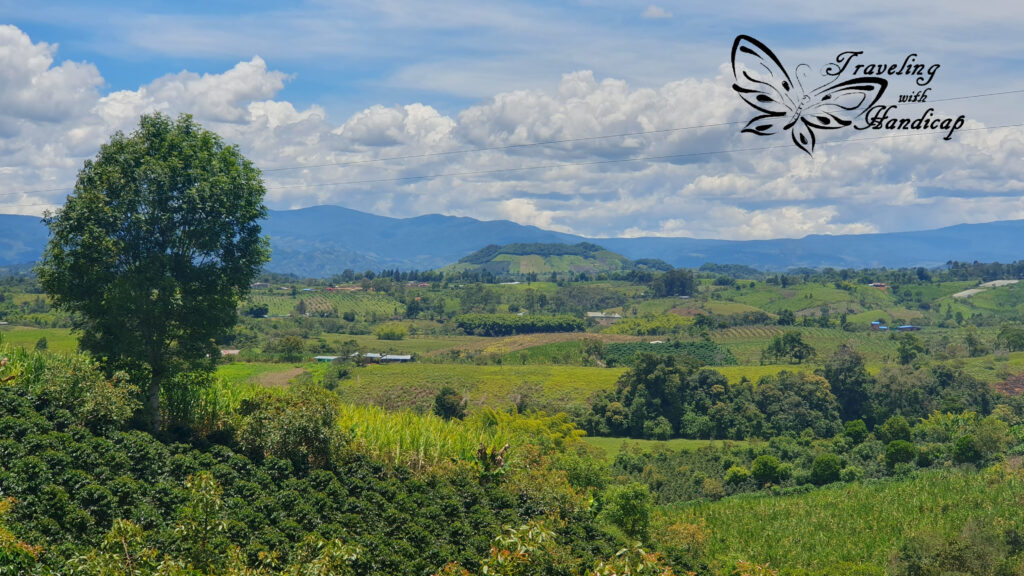
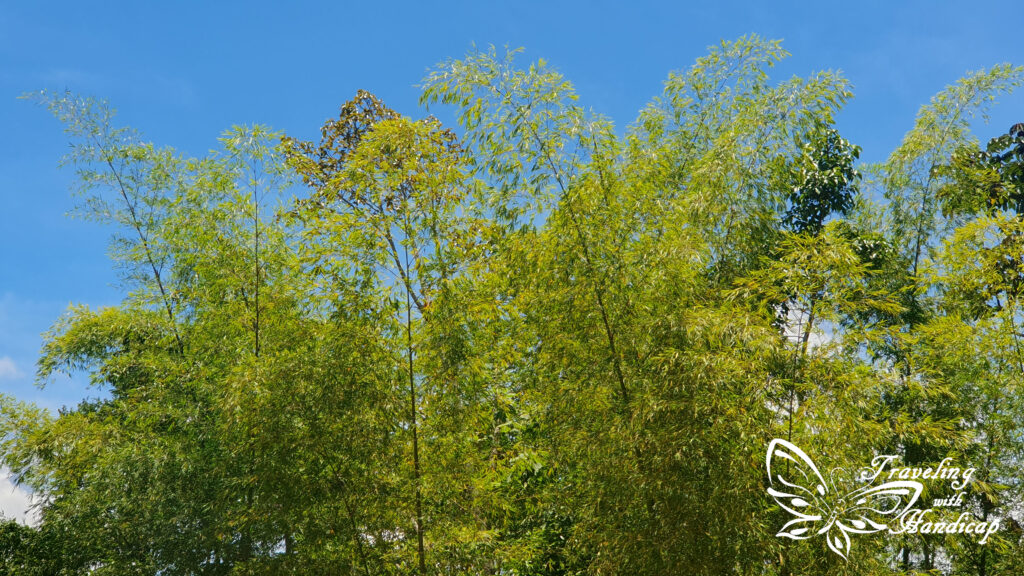
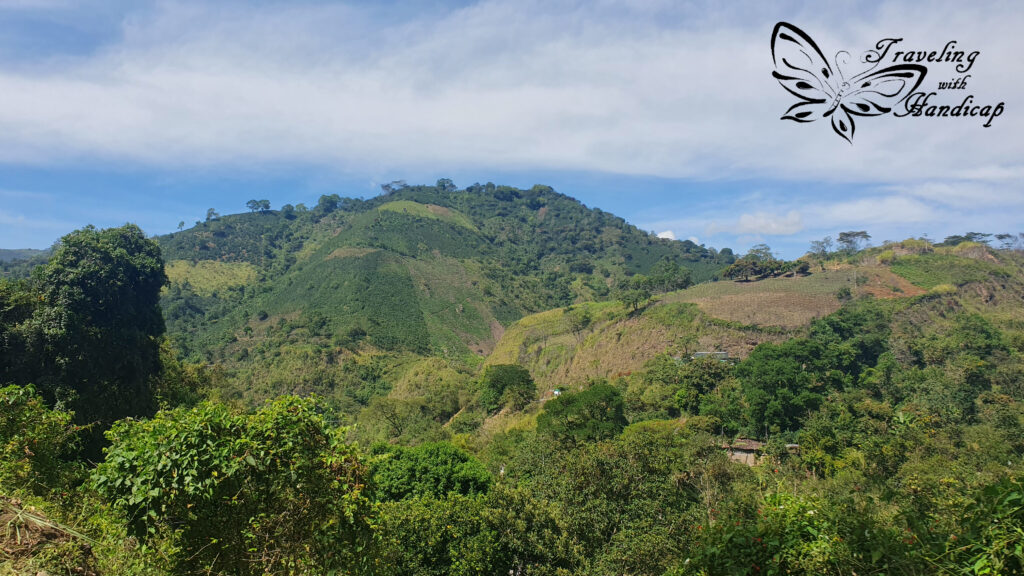
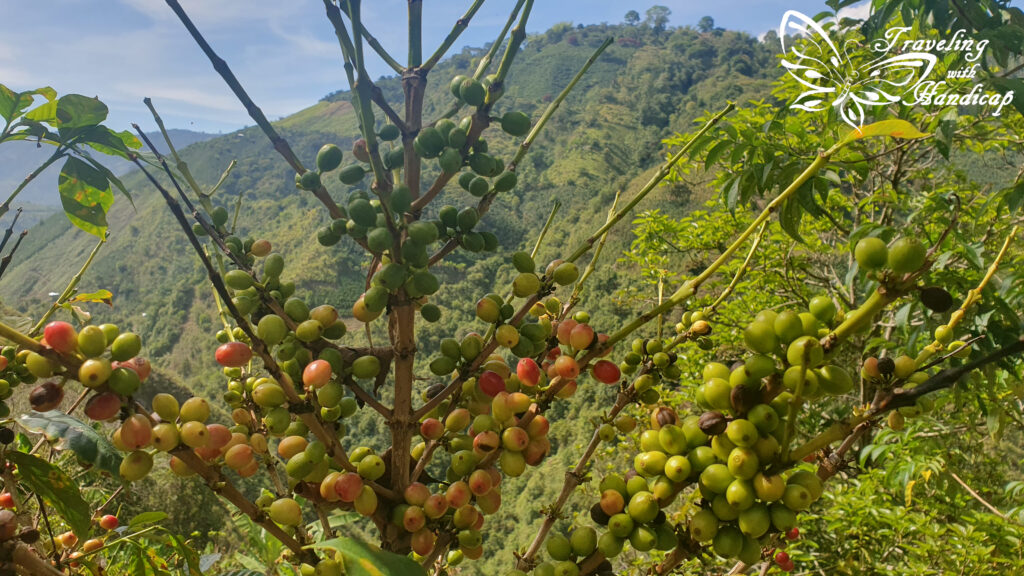

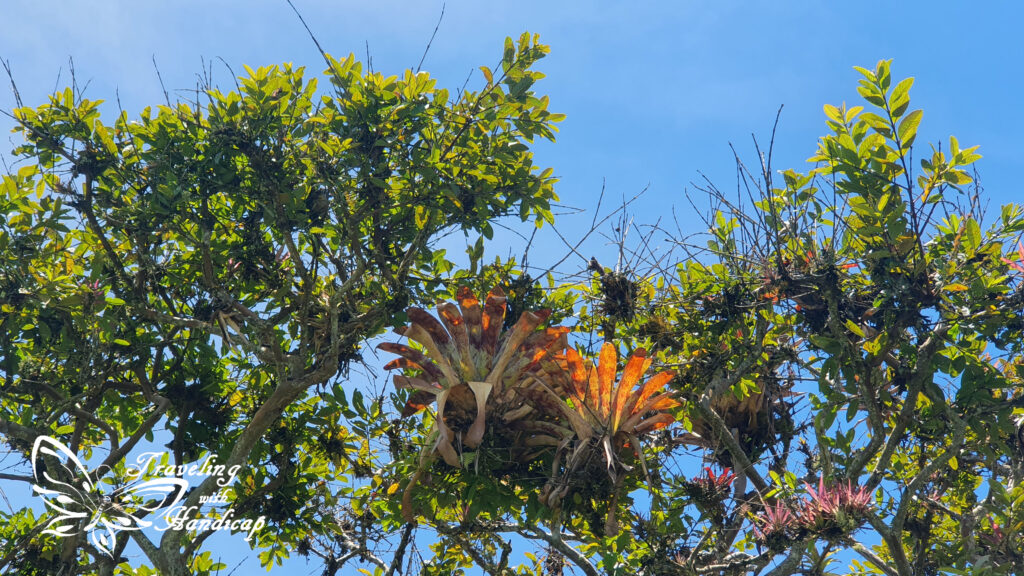
In our days, there are more and more farms which try to avoid pesticides at all. It takes several years until the soil is free of ultimate remainings. Nevertheless, the patience of these farmers is impressive and results in a new tendency of working and growing with nature and not against it. Coffee or cacao are very healthy in there pure form, theoretically. Native people drunk much more coffee than we would do our days and had very healthy and long lifes. However, due to the many pesticides also used for coffee production, the Colombian coffee that we buy in our stores is not really that healthy. I expect this to be similar in other countries.
We also stopped at a family-run business where they produce sugar out of sugar cane. They explained the different phases and we were able to try and buy some of the brown sugar. Honestly, it tastes so different and so much better than the industrially produced sugar from stores. It has a taste of mild caramel.
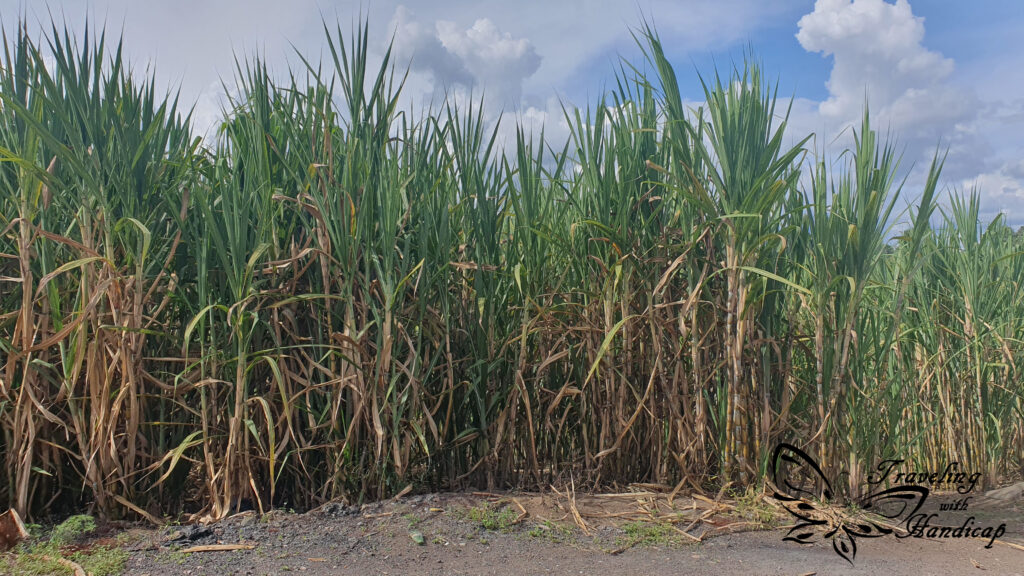
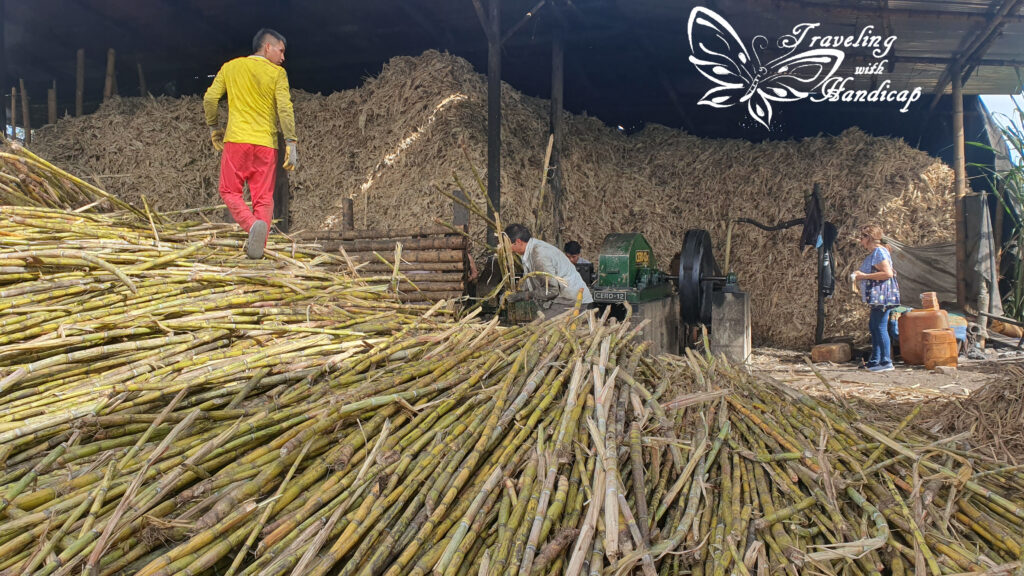
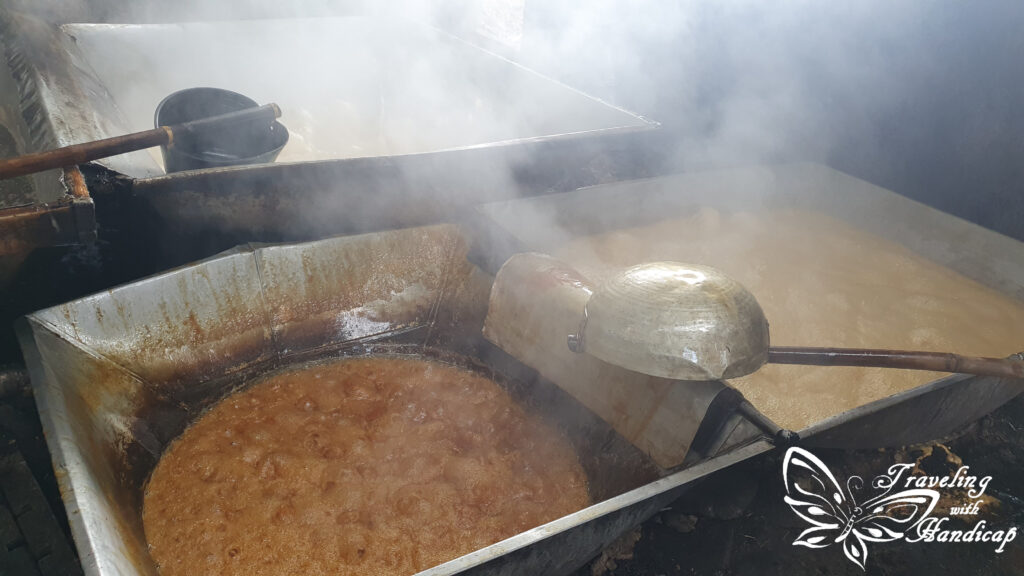
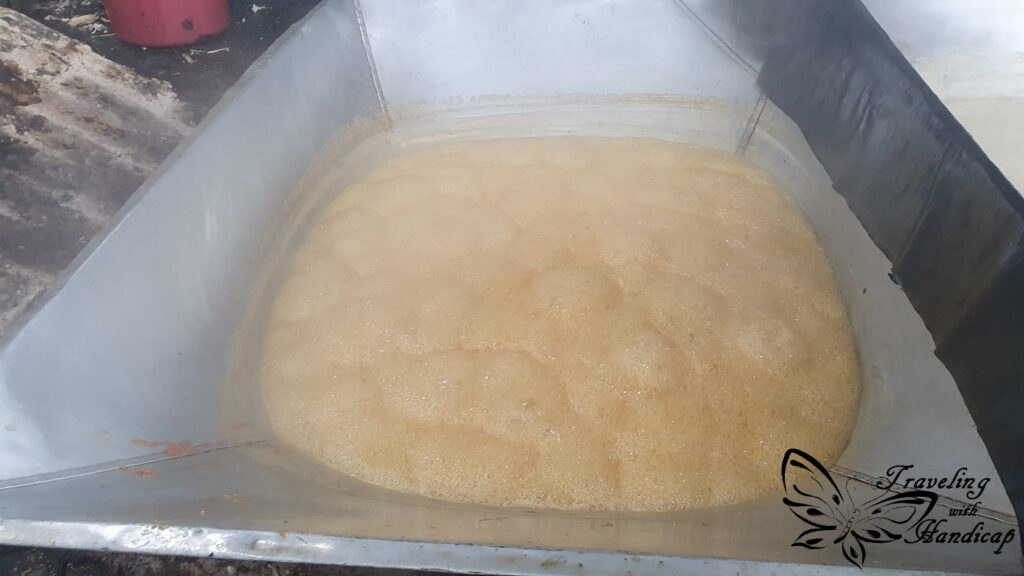
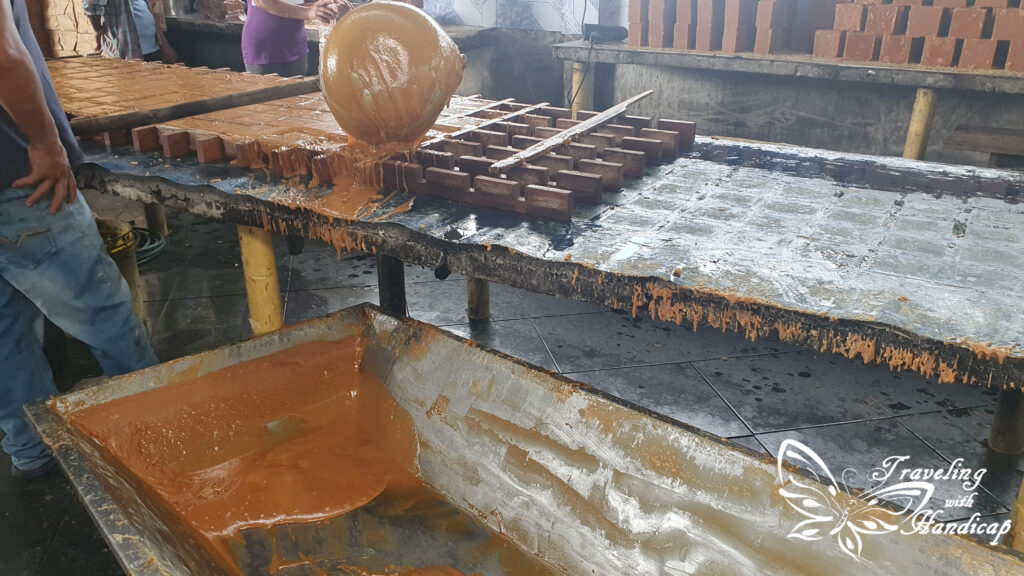
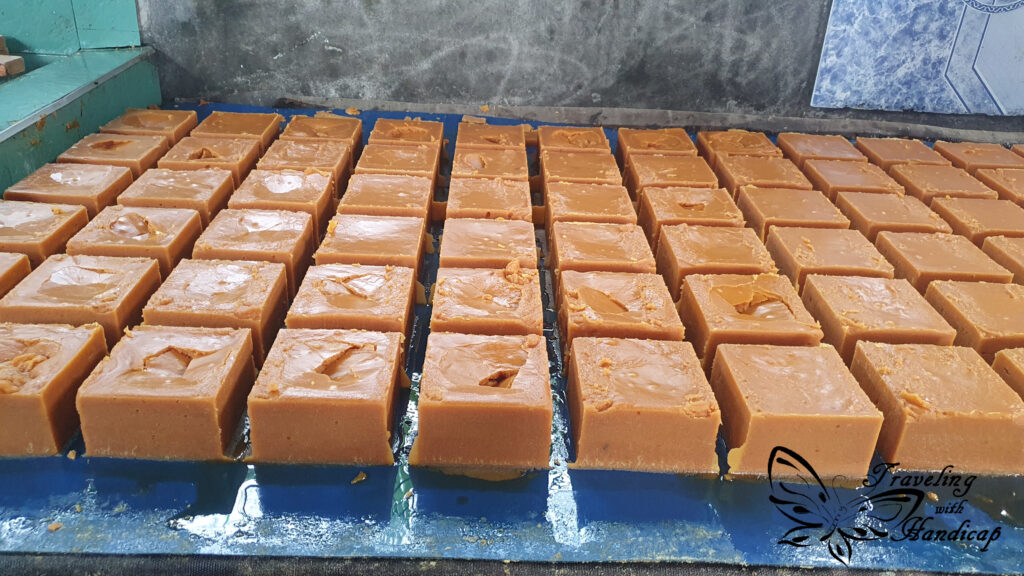
Parque Arqueológico de San Agustin
On my last day in San Agustín, I went to this archeological park in the morning hours. This was due to the fact that I had to do a tour the day before since the park was closed. Even though I wasn’t sure before if the park is worth getting up early to make it to the bus in the afternoon, it was the right decision. The park was one of my highlights in Colombia. Such a peaceful park, the Pre-Columbian stones represented in different ways, embedded in great nature. I even spotted animals and listened to beautiful sounds of birds.
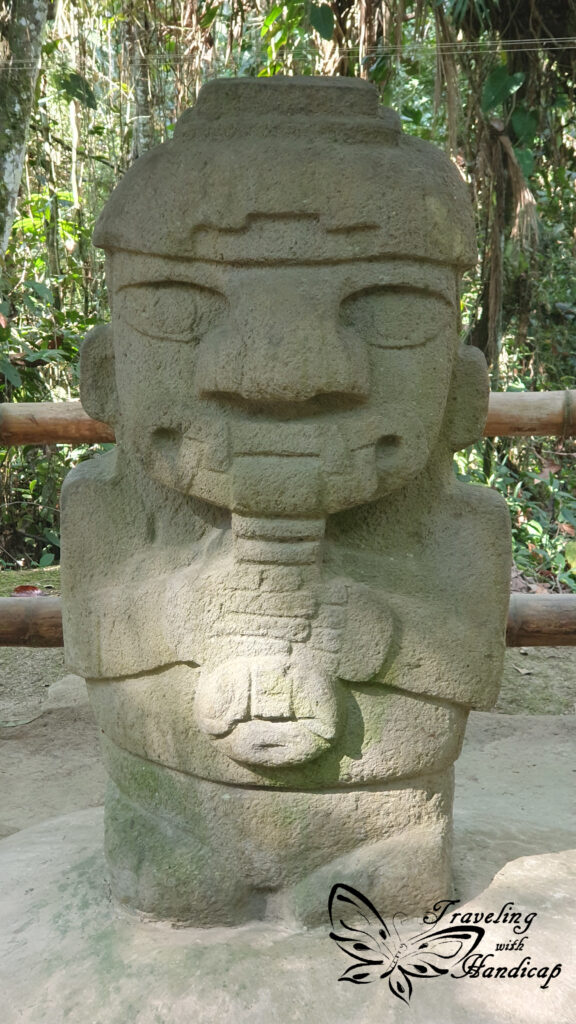

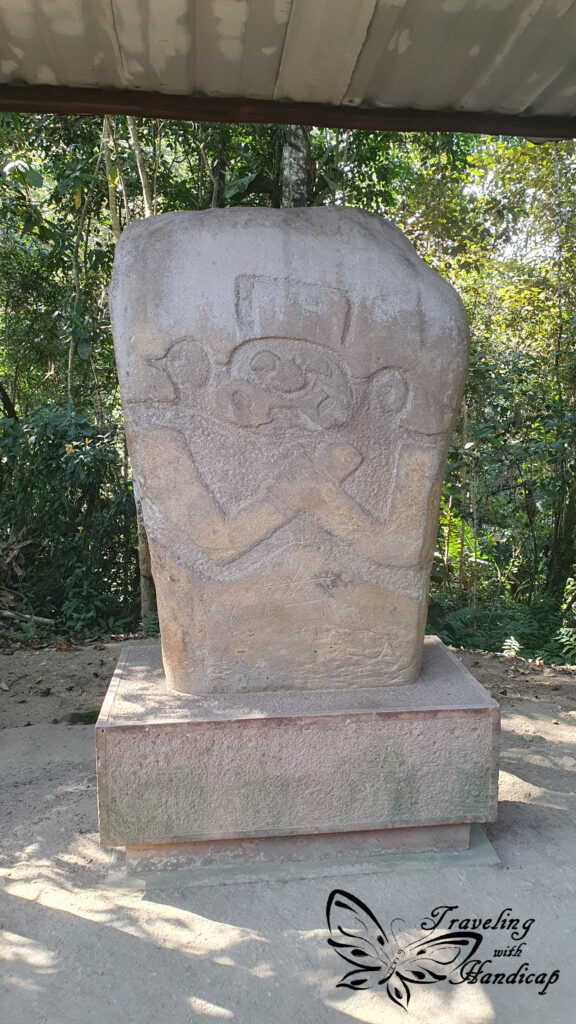
Moreover, there was a hill you could climb and spot the remaining few stones. I walked up there which was tough due to the heat but totally worth all the efforts. The view of the surrounding landscapes was stunning. Thus, I definitely recommend visiting this park, any tour of the surrounding sights cannot beat this park.
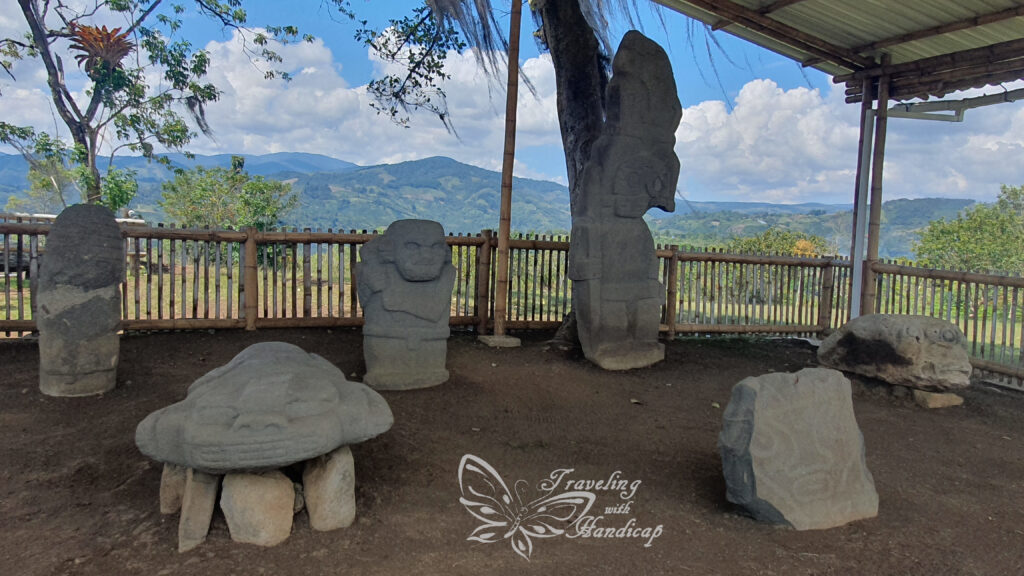
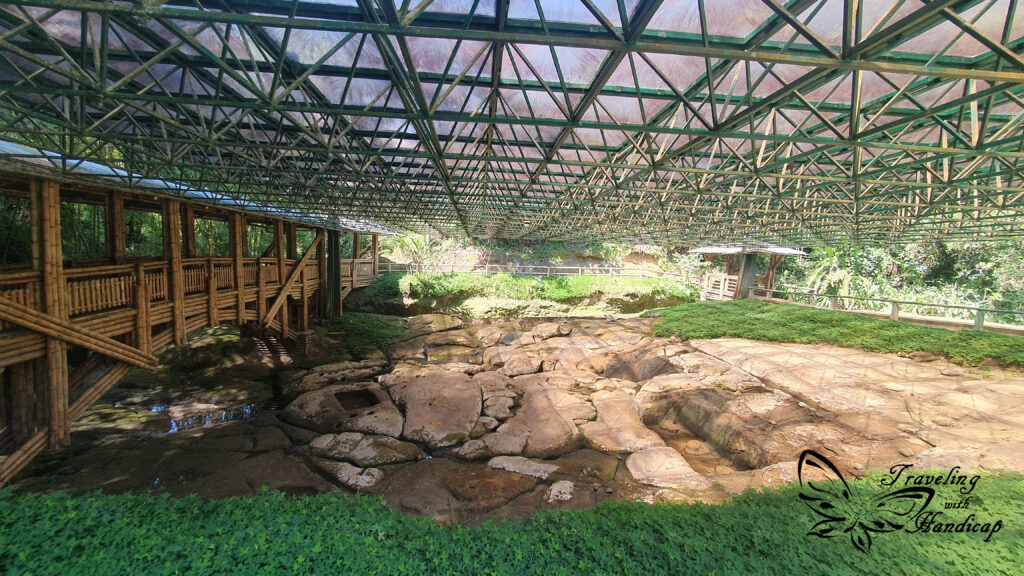
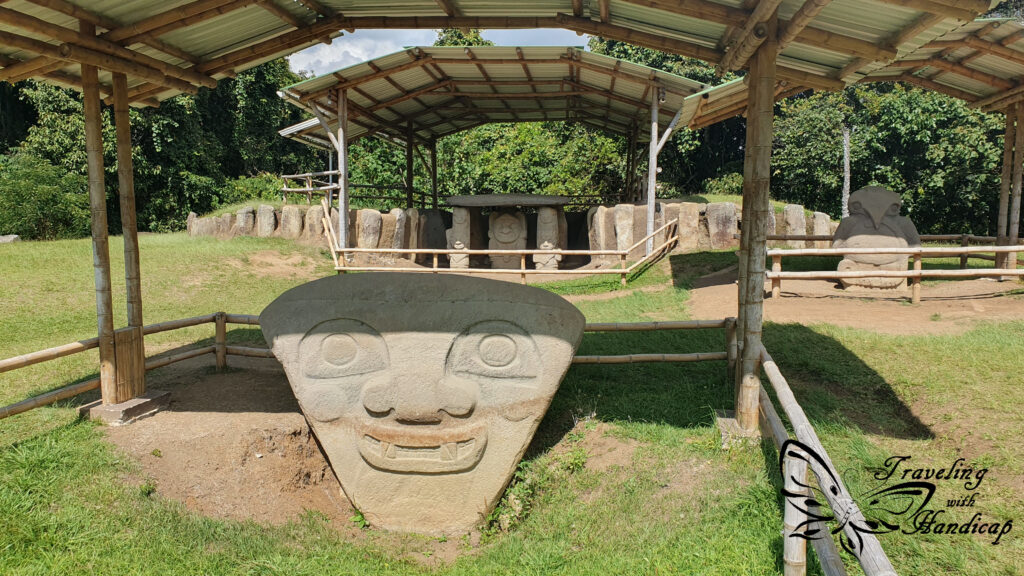
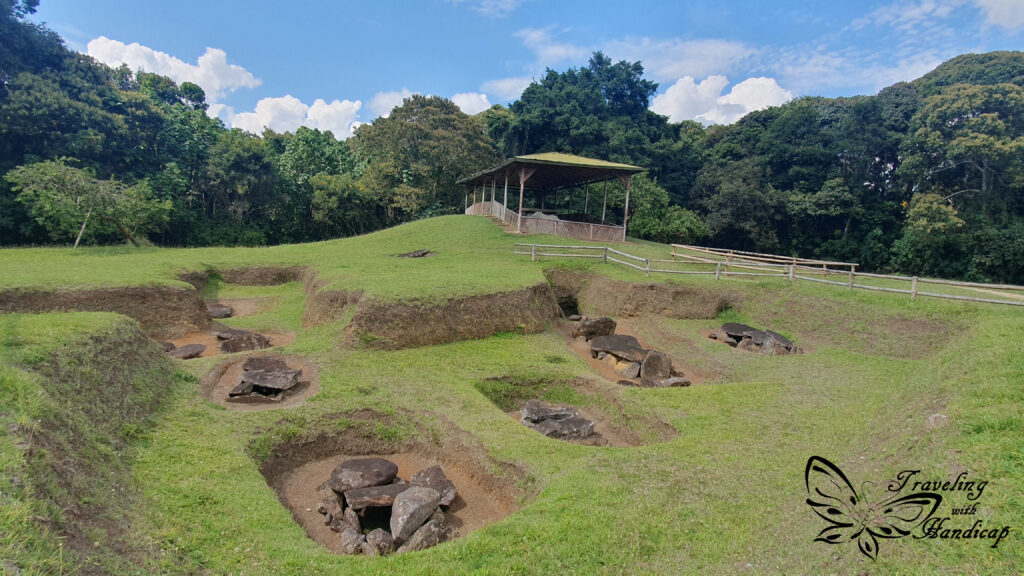
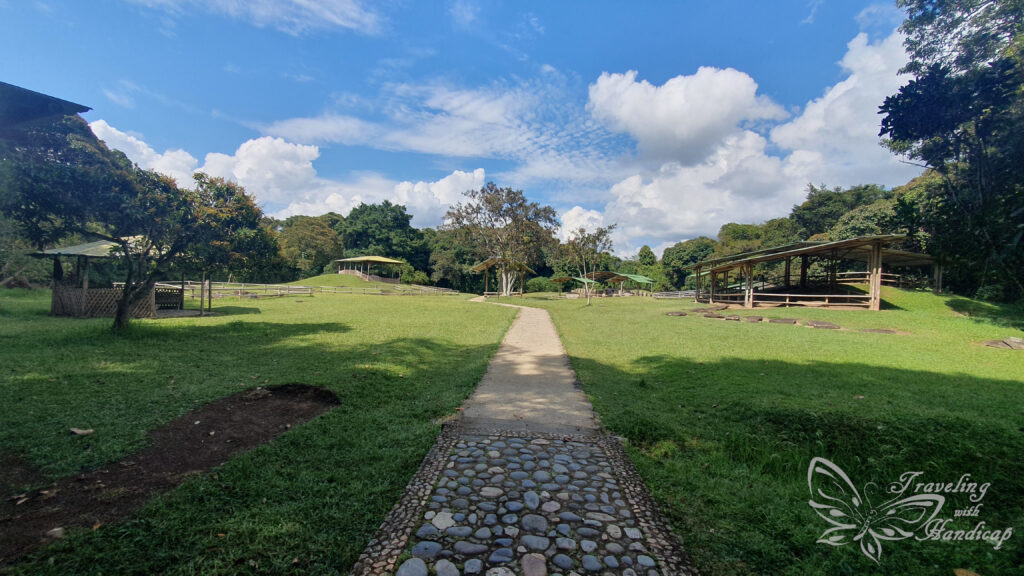
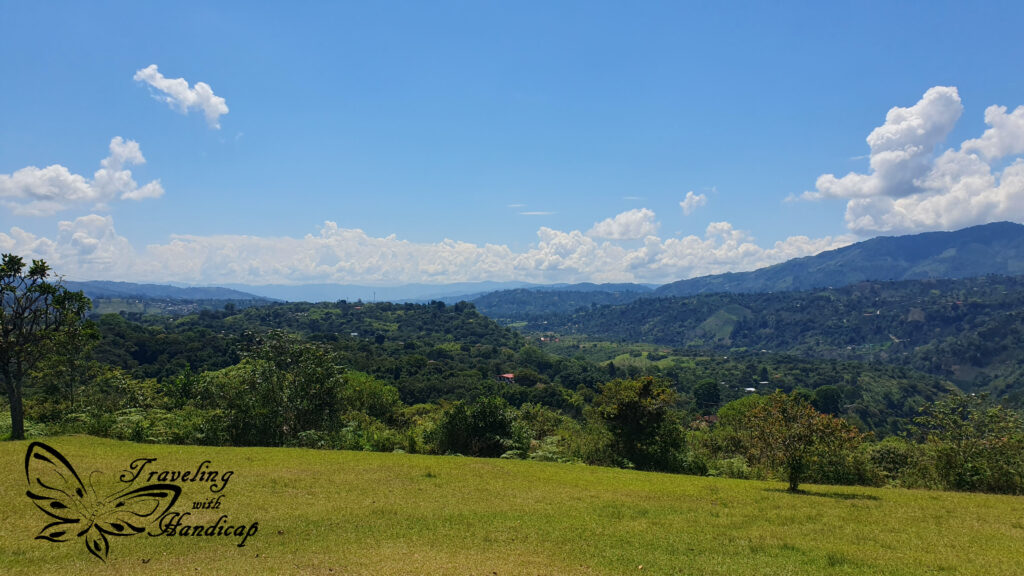
Public Transport in southern Colombia
In general, buses in Colombia either have the air conditioning on, decreasing the temperature to a level that it’s not convenient anymore. Or, the air-con is not working making it is unbearably hot. While I had mostly positive experiences with buses in other countries, it was rather extreme within buses in Colombia. I was also surprised about how expensive bus-rides were in comparison to other countries.
Border crossing Ecuador ↔ Colombia
When entering Colombia on its south, from Ecuador, there are three official crossings. In the east, starting from Nueva Loja (Ecuador) and taking the similar route as heavy trucks. In the center, from Tulcan (Ecuador) to Ipiales (Colombia) where you have to cross the border walking. Or, in the west, along a road close to the coast. I would not recommend taking the latter, though, since the coast is a rather risky area with respect to drug cartels in both countries. Honestly, I don’t even know if there are proper border control houses set up on the western route.
I tool a bus from Otavalo, in the northern highlands of Ecuador, to Tulcan and a little shuttle bus to the Puente De Rumichaca. The majority of people just cross the bridge which is the border without any extra control. This is possible if you have a Colombian or Ecuadorian ID. I am not sure about the regulations with respect to other Andean or South American countries. I went to the border control offices on both sides to get my passport stamped. After having the paperwork completed, I took another shuttle bus to the bus terminal of Ipiales, the Colombian border town. From there, I took the next available bus to Popayán.
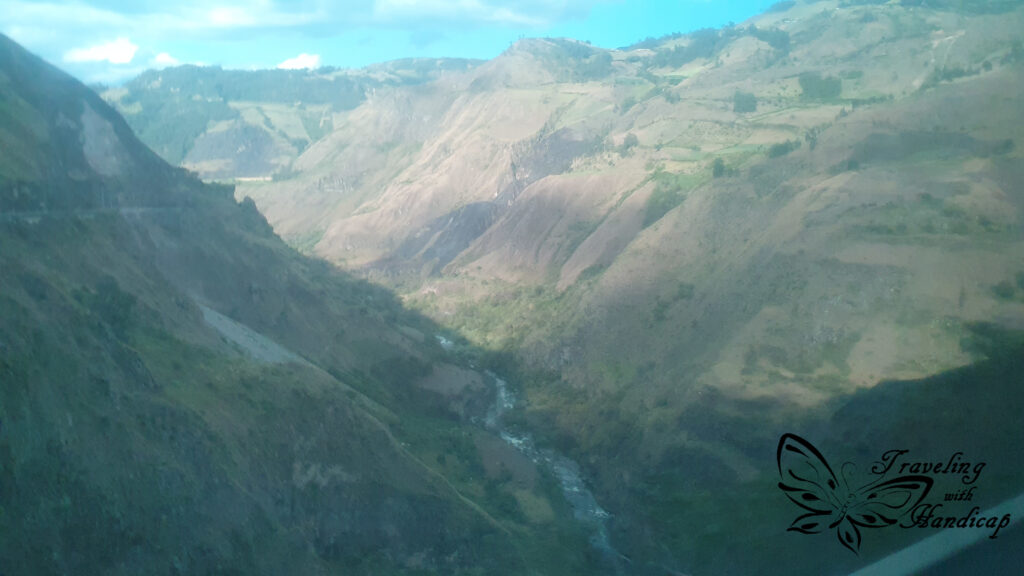
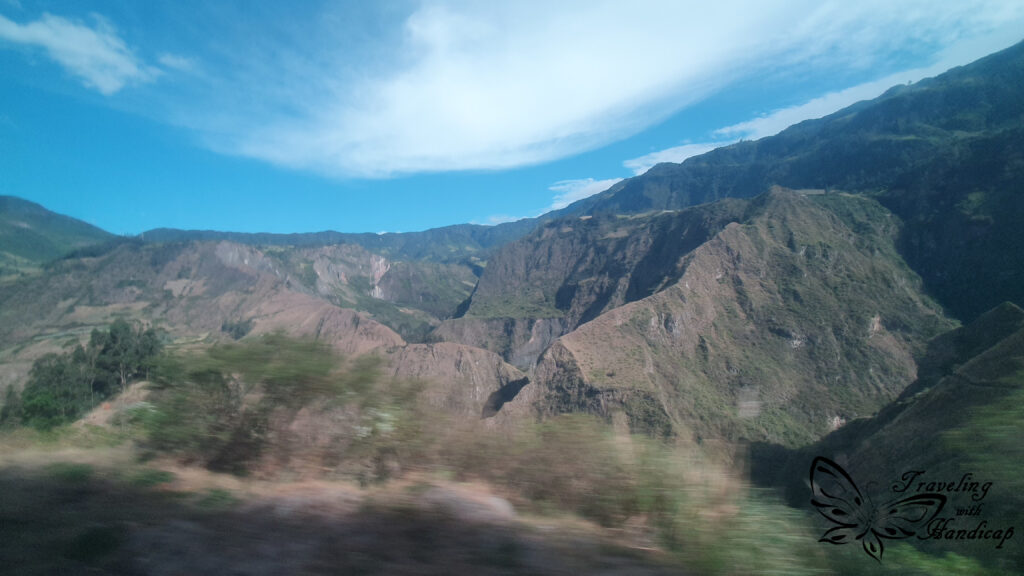
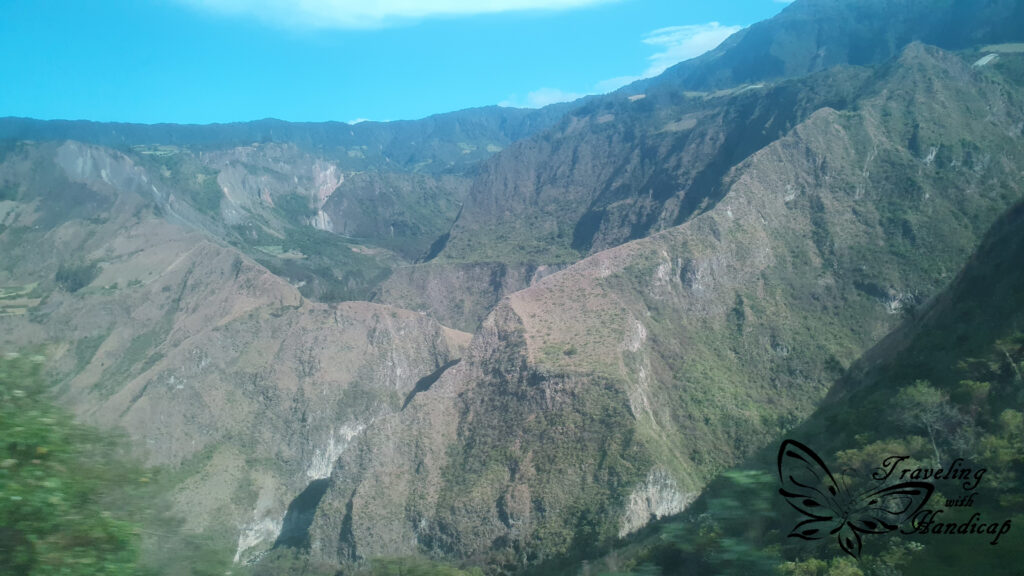
Connections to/from San Agustín
In Popayán, I considered Cali as the next destination since there are frequent buses and I couldn’t find any reliable information regarding buses towards San Agustín online. However, when I met another tourist continuing to San Agustín, I went with her. Nevertheless, the bus ride to San Agustín was quite chaotic. Too many people who tried to sit in the bus, not sure whether they sold more tickets than seats. The bus stopped at the main road close to San Agustín, and we had to take a taxi shuttle to town.
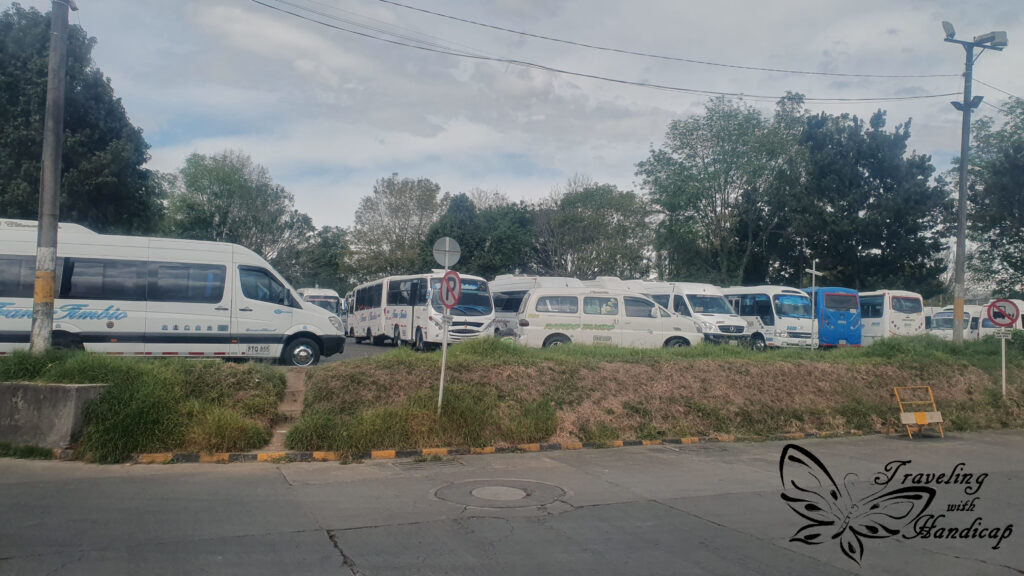

Leaving San Agustín was a struggle on its own. This time, I went to Neiva with a mom and daughter from Germany who I met in the hostel. But in order to get there, we had to take a bus from the bus terminal of San Agustín, which has been built on half the distance to the main highway. Thus, too far away to be in walking distance from town. Moreover, buses leave this terminal even though it has not been completely set up yet. In this context, I had to think about the airport in Berlin.
We took a taxi to the terminal and tried to get a ticket for the next of the three buses that we found online. However, there was only one woman from one agency at the terminal telling us that there will only be this one bus by this company, they have been merged. Unfortunately, the new schedule forced us to wait at an empty terminal for two hours. One other company might have had a bus a few minutes past ours, one guy arrived shortly before to sell some tickets.
As much as I enjoyed my time in San Agustín, the bus schedules were so chaotic. Therefore, I’d definitely try hitchhiking another time.
